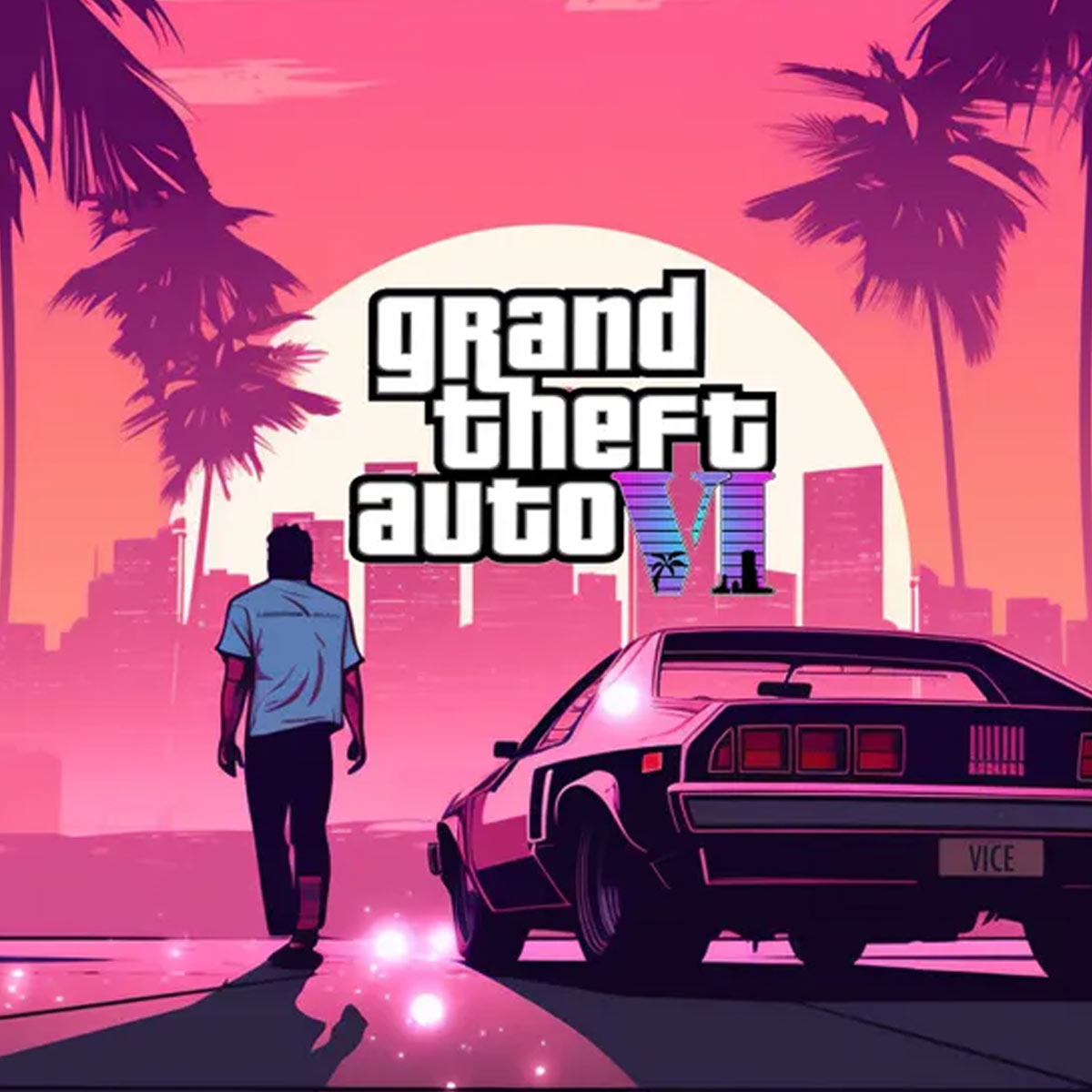Square Race Cube: Master the Game and Protect Your Digital Achievements
Welcome to the evolving world of Square Race Cube — a futuristic twist on cube-racing games where players navigate complex mazes with lightning-fast reflexes. More than just a high-speed experience, this game introduces an emerging concept: protecting your in-game progress through digital insurance and submitting a claim when your assets are lost. In this article, we break down the full lifecycle of Square Race Cube, from gameplay basics to the legal future of gaming protection.
1. The Origins of Square Race Cube
Square Race Cube began as an indie project in 2022, born from a simple idea: combine classic geometry with high-speed racing. The goal was to create a minimal yet competitive mobile game for users craving intensity and simplicity.
Initially launched on smaller platforms, the game exploded in popularity due to its easy-to-learn mechanics and thrilling pace. The unique cube interface set it apart from circular or car-based racers, leading to a new subgenre.
2. Gameplay Mechanics and Strategy
At first glance, Square Race Cube may appear straightforward, but don’t be fooled — its depth lies in the precision of movement and strategic use of power-ups.
Players control a speeding cube that must avoid obstacles, other players, and traps, all while collecting boosts. Each level increases in difficulty, and the game’s adaptive AI learns your patterns, raising the stakes in every match.
Key strategies include:
-
Memorizing obstacle patterns
-
Timing your turns at edge zones
-
Mastering shield and teleportation usage
3. Rise of Competitive Square Racing
By mid-2023, Square Race Cube had gained a cult following. With influencers showcasing gameplay on platforms like TikTok and Twitch, tournaments became a regular feature.
Weekly and monthly leaderboards emerged. Prize pools were offered not just in cash, but in exclusive skins and cube effects — which quickly turned into digital assets players valued highly.
These events encouraged gamers to dedicate significant time, and in many cases, money — paving the way for the need for insurance.
4. The Evolution of Digital Assets
As with many modern online games, Square Race Cube introduced digital collectibles: cube skins, trail effects, sound packs, and emotes. Some skins were seasonal, others could only be earned via tournament wins.
These digital assets became:
-
Status symbols in the game community
-
Rare and sometimes tradable
-
Often monetized on external platforms
As players started to see real-world value in their progress, the need for protection of these assets became apparent.
5. Why Insurance Matters in Gaming
Gaming is no longer just entertainment — it's a digital investment. Players spend money on skins, time on progression, and effort to build their brand in a competitive space like Square Race Cube.
Here’s why insurance is becoming important:
-
Account hacking is more common than ever
-
Technical errors can wipe out progress
-
Game bans can sometimes wrongly remove player assets
A digital insurance policy can offer peace of mind, replacing or compensating for lost game items in cases beyond the player’s control.
6. How to File a Claim for Lost Assets
If a player loses an asset in Square Race Cube, a claim must be submitted to the insurer — usually a third-party service or, in some cases, a partner platform of the game.
The process typically involves:
-
Proof of ownership (screenshots, transaction ID)
-
Description of the incident (hack, bug, etc.)
-
Identity verification
-
Review and resolution timeline
Some insurers compensate in game credits, while others may replace exact skins or cube effects based on availability.
7. Legal and Ethical Implications of Virtual Ownership
As the line between real and digital continues to blur, laws around digital asset ownership are becoming hot topics.
The questions being asked include:
-
Do players truly “own” in-game items?
-
Can publishers revoke items without notice?
-
Is virtual insurance enforceable?
While some countries, like South Korea and Japan, have frameworks to support these digital claims, others lag behind. Still, player demand is pushing developers to build more transparent systems.
8. Square Race Cube’s Response to Digital Protection
In 2024, Square Race Cube introduced optional in-game protection plans. These internal insurance programs offer:
-
Auto-backup of assets
-
Priority support for hacked accounts
-
Quick-claim submission inside the app
These plans are typically affordable ($1.99/month) and tailored to protect rare items or tournament winnings. The game’s devs claim this is a move toward empowering players to feel secure in their digital investments.
9. Monetization, NFTs, and the Blockchain Future
Some speculate that Square Race Cube will integrate blockchain technology in the near future. This would allow digital assets like skins or achievements to be tokenized as NFTs, making them:
-
Provable in ownership
-
Tradeable outside the game
-
Permanently secured on-chain
With this, insurance and claim systems could become fully automated using smart contracts. Imagine filing a claim with a click and receiving your asset instantly.
While not confirmed, this would align with trends in other games like Axie Infinity or Gods Unchained.
10. Protecting Your Progress: Practical Advice
If you’re a dedicated Square Race Cube player, here’s how you can safeguard your account:
Tips for players:
-
Enable two-factor authentication
-
Back up receipts and transaction IDs
-
Consider joining the in-game insurance program
-
Regularly screenshot your key assets
As more players join this competitive digital world, understanding insurance and how to file a claim will become as essential as mastering the game’s mechanics.
Conclusion
Square Race Cube is more than just a fast-paced mobile game — it’s a window into the future of competitive digital environments, where time, skill, and money converge. As this game (and others like it) continue to evolve, players must look beyond the gameplay and take proactive steps to protect their virtual identities.
From adopting insurance to understanding the claim process, being informed is no longer optional. It's the best move any serious gamer can make.































